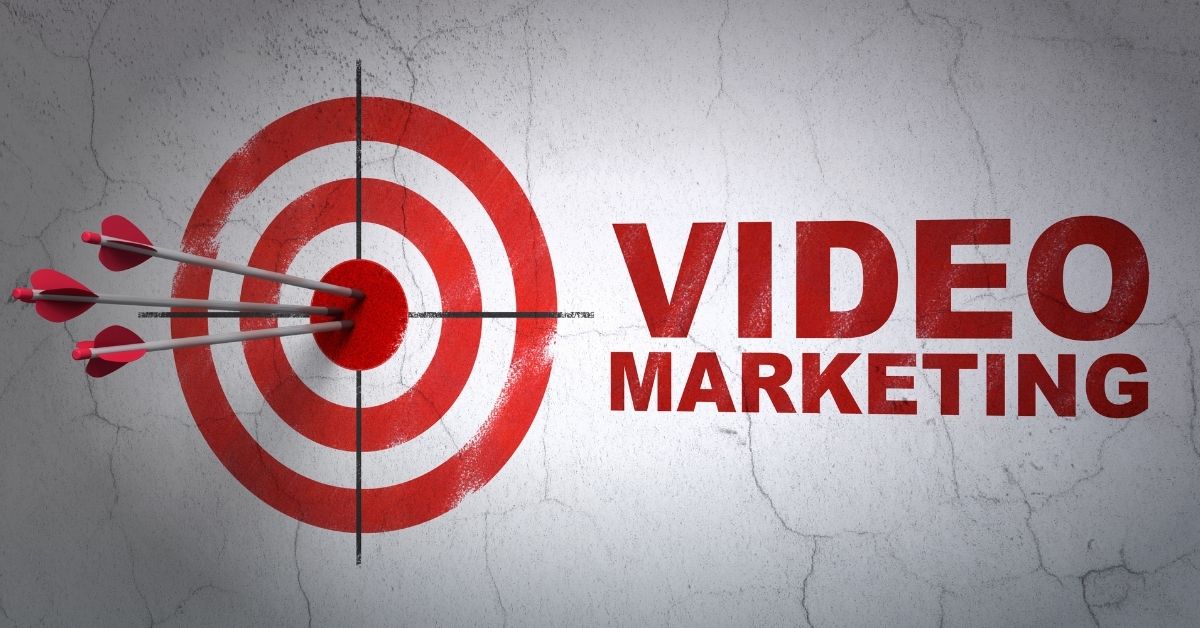It is not enough to know why to make videos and what they can do, although I will talk about it in more detail in the upcoming chapters. You also need to know the many different types of marketing videos that can be made to reach your audience. Let’s take a look at some of the most popular types of videos made for businesses.
The first and possibly the most common types of videos are about brand awareness. This is your way of telling your audience what you are all about. These videos typically talk about your mission statement, the values attached to your brand, and the emotions involved in making the product or delivering the service. There are many unique and innovative ways to tell that story. And when you get it right, it inspires brand value among your customers.
One of the popular new-age techniques is to get musicians to create a live music experience and throw your product or service in the mix as a plug. That is just one example.

Then there are listicles. The word listicle is a composite of the words ‘list’ and ‘article’ and these pieces are typically numbered. You would think this is a very text-oriented format but it works beautifully for videos too.
These are videos that basically have titles like ‘5 ways to do ABC’ or ‘9 advantages of using XYZ service’. They are quite easy to put together once you have your content ready. Typically, all you need are a few stock videos or stills that are edited together to make a slideshow. They are fun and easy to consume. Unless you’re listing 29 things, viewers don’t tend to get bored and watch them to the end because of how palatable they are.
Then there are event videos. We’ve all seen these every time companies like Apple have a big launch. They have short teasers which give you highlights of what to expect from a specific event. They are used to entice users into connecting with the brand. These are run extensively in the lead-up to a live event. Now, I’m not going to call them videos because that is streaming of a live event which is a whole other thing.
Another exciting way to invite the audience into your brand story is to give them a little peek into the behind-the-scenes action. Some brands have managed to do it very successfully and have built a cult following for themselves.
This concept cashes in on the idea that people like to know as much as they can about brands that excite them. It is like taking a trip into the Pepsi-Cola or Royal Enfield factories. It is exciting to know how these products are manufactured, right?
It helps the brand connect with the user at a personal level by getting them to know you a little better. And it need not be that elaborate either. You can just give them bloopers too and make it work. If you have the resources, give them both. This really is a case of the more the merrier.
But if you do want to make videos about how your product is made or put together, you are looking at a separate category called explainer videos. These are quite popular and are better known as how-to videos.
These videos can also be used to explain your business better to a client or an investor too. So, it has multiple purposes and benefits. They help make your brand credible and inspire your viewers to think about your brand and product.
Videos that demonstrate how your product works also fall in the same category. In the tech industry, these videos have become extremely popular in recent years and are referred to as unboxing. And they are exactly that.
It is a video that starts with a person (often an influencer who is reviewing the product) unpacking it from the box and using it. They are also called demo videos. It has an authentic look and feels to it and you can pay people to do this if you’re a big brand. If not, you can send pieces to individuals and get the benefits of a video without having to make one yourself.
Now there is no better way to get personal than to, well, tell personal stories. Testimonial videos from other users or customers have been a very popular and successful way to get some goodwill. This is basically the video version of reviews which has a huge impact on anyone looking to associate with your brand in any way.
Then there are question and answer videos. They used to be called FAQs or frequently asked questions and today we know them better as AMAs or ask me anything videos. You can have one or more people answering questions about queries and troubleshooting depending on your product or service. These can also be interviews with, say a brand ambassador if you have one. ‘73 Questions With Vogue’ is a good example of the format.
Now, if you have resources to allocate to some pizzazz (as Gina Linetti from Brooklyn Nine-Nine would say) you can get animated videos made. This is sort of an umbrella format for any kind of storytelling. They are a lot more exciting and keep the audience interest in the video for a longer period of time. But you must focus on the quality of content and animation. Remember that we live in the world of Disney-Pixar animations. So, the expectations can be pretty high.
If animated videos are one way to go about it, a web series is another brilliant marketing strategy. It takes time to make these videos, not to mention quite a bit of effort.
But the returns are promising. You need to have a solid concept that can sustain quality over multiple videos. You also need to invest in their production. But they show that you put in the effort and that is a valuable thing to offer.
Now, it is important to know that they don’t necessarily have to keep one storyline going, like a TV show. They can be individual videos with a common thread binding them. Think of them as police procedural shows like Law and Order.
Each episode has its own story but they have a common denominator. The trick is to find something that is interesting to the viewer for more than one video. The other thing to remember is to keep them short. Just because you are pitching it as a web series doesn’t mean you can extend the length.
At the end of the day, your viewers know that this is a marketing video. So, they won’t stick around for a long narrative. Short videos are also preferred on social media platforms where people just want to browse and kill some time unlike logging on to streaming platforms like Netflix where they expect to stay a while.
But if you feel like you have more to say than what fits in a two-minute video, you might want to think about the mini-documentary format. These videos are like an extended version of your BTS or exploring the work culture videos.
You could elaborate on the many how-to aspects of your product or service. Treat these like features but not as long. If you have brand partners, you might want to include them so that you can both promote it on your respective websites and social media pages. Both brands benefit by bringing together a large audience base. Tease these videos ahead of time to gain some momentum. Holding a premiere is not a bad idea either.
The onset of virtual reality devices has been another great avenue for brands to explore. Formats like 360 videos have been introduced and heavily pushed on platforms like Facebook. This gives everyone a chance to experiment with a new format. But it is also exciting new technology that your viewers want to explore.
That means, if you find the right story for that format, you will automatically retain your audiences’ attention. That is also made possible due to the fact that these are interactive formats. Remember the audience excitement over Black Mirror: Bandersnatch? Yes, that is the energy you should aim to tap into.

